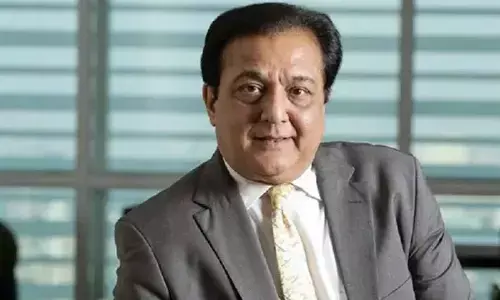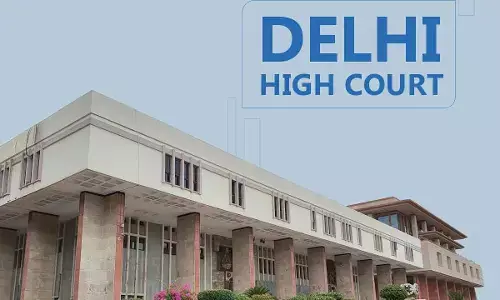Applications of AI, ML for advanced connectivity in agriculture industry

Applications of AI
With over 1.3 billion people employed in the agriculture sector worldwide, this $5 trillion industry is the 2nd largest employment generator in the world accounting for more than 28% of the global employment.
With over 1.3 billion people employed in the agriculture sector worldwide, this $5 trillion industry is the 2nd largest employment generator in the world accounting for more than 28% of the global employment. Being around 12, 000 years old, it is the primary source of living for almost 58% of India's population.
It is estimated that the world's population would reach 9.7 billion by 2050 and the supply side could face constraints due to an increase in demand for food, requiring at least 70% increase in production. And the applications of Artificial Intelligence and ML in the agriculture industry are estimated to improve the industry by at least 7 to 9% by adding a value of another $500 billion by 2030 to the GDP. There are several applications of this advanced connectivity in the agriculture industry.
Field conditions management
Determining the soil conditions and its complex processes are done by the use of these connectivity technologies. The right conditions for the crop to grow, identifying the nutrient deficiencies in the soil, and enabling image recognition technology to improve the harvest quality are done by the use of AI applications in fields.
Machine learning algorithms analyse the soil by examining the soil moisture, temperature, evaporation processes, to understand the mechanisms of the entire ecosystems and find ways to restore the soil and produce healthy crops.
Livestock management
As Artificial intelligence and machine learning have become easily available now, the use of applications pertaining to this technology has benefited the farmers greatly to manage their livestock efficiently. AI technology has revolutionized the farming by using applications like robots, drones and smart monitoring systems. Apart from this, technologies created to monitor the health of farm animals, to detect injuries and illness saves the time and effort of the farmer.
Machine learning benefits the farmers with its smart technology such as weight prediction systems that enable the farmers to monitor the weight and adjust the diet of the animals. Besides this, applications provide the farmers with facts and analytics through a medium of chatbots to answer their queries and yield them better results of success.
Crop management
The applications of Artificial Intelligence and Machine learning are both utmost important in the field of agriculture. The applications of machine learning help the framers to do their core work more easily and stress free. The ML powered support vector machines help the farmers to supervise over the farms and is largely used in the rice fields to yield the quantity and making process. Apart from this, machine learning also has many applications to support the farmers to detect any particular disease and take action by spraying the pesticide on the basis of the location, hour and area of affected crops.
Artificial Intelligence has also played a prominent role in the field of agriculture. The use of drones that have embedded cameras and sensors enable the information of a particular plant in detail which helps to monitor the crops efficiently. Apart from this, farmers use IoT sensors that help them to protect the crops from pests and prevents damage to the crop.
Species management
Selecting the right species is not an easy task as it involves searching for the right species, regulating the nutrients used, adapting to climate change, checking for ability to stand diseases and a lot more. Here machine learning applications analyse the years of field data to help farmers in predicting the right genes according to the changing weather conditions. It also aids in quick and way more accurate results to classify the species by embedding morphology in its systems.
Whereas AI aids in protecting the species by implementing cloud-based technology to take images using traps and send the data faster saving resources and time. This technology also predicts the seasonal movement of insects and migration of birds, helping in keeping track of species, preventing loss, and increasing farming efficiency.
In the recent years , the agriculture industry has begun to use AI and ML to increase productivity and it is expected to contribute another $2 to $3 trillion to the global GDP in the next few years while helping farmers to alleviate the current pressure due to the issue of food scarcity and also reducing the repercussion on the environment.
(The author is a Chancellor of Sanskriti University)


















